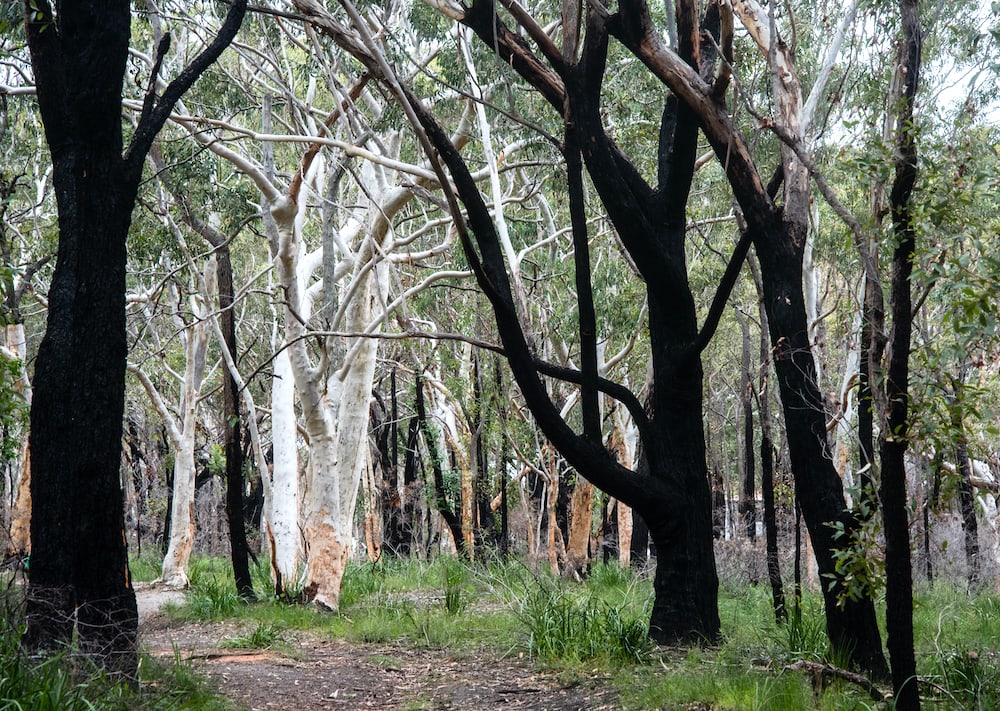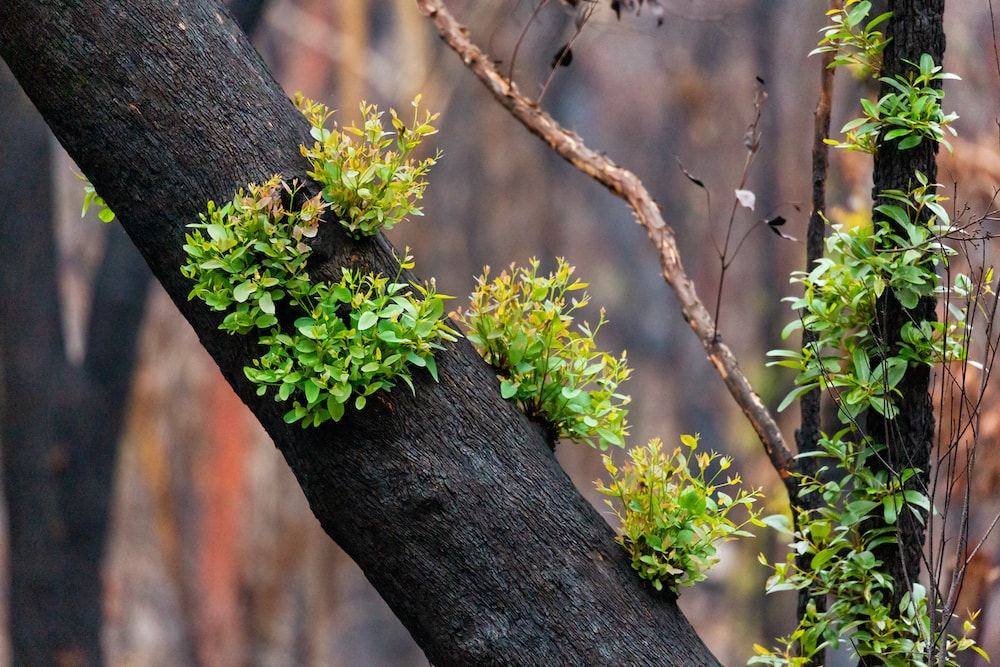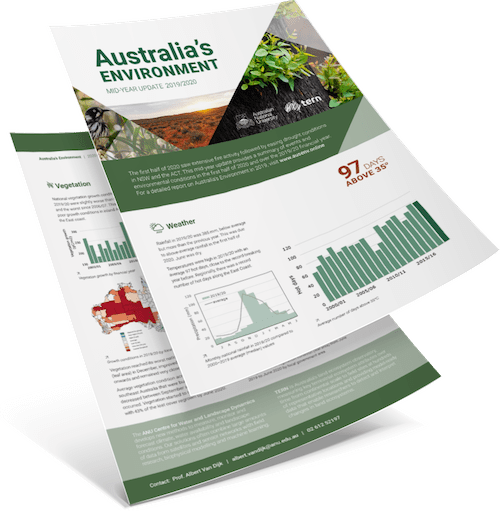The drought has loosened its grip across much of Australia, while the millions of hectares burnt last summer have started their recovery with the aid of good autumn rains. They’re the main conclusions from a mid-year update of the annual Australia’s Environment report.
Normally produced each calendar year by the Australian National University Centre for Water and Landscape Dynamics, this special report of Australia’s Environment provides summaries of key events, environmental conditions and change during the 2019/20 financial year.
It summarises measurements from satellites and on-ground stations and incorporates data collected by many environment monitoring agencies, including NCRIS-enabled TERN from the final half of 2019 and first six months of 2020.
While we were locked inside, Australia's environment started to recover from a horrendous 2019
By all measures, 2019 was a disaster year, with record heat, record drought, and record forest fires. The latest mid-year analysis from Professor Albert van Dijk shows that while 2020 started in a similar vein, conditions quickly improved from February onwards.
“January still brought oppressive heat and fire to southern NSW and the ACT, but the subsequent months, while many of us were locked inside to avoid the pandemic, brought a welcome reprieve for our landscapes and ecosystems.
Rainfall was especially plentiful along the NSW coast, helping the extensively burnt forests to spring green shoots and once again filling the rivers and dams with water. But beyond the quick regrowth of fire-tolerant vegetation, it will take much more time for the less resilient forest and freshwater species to recover.”
Prof. Albert van Dijk, Australian National University

Australia’s environment is bouncing back from a horrendous 2019 (credit: Marta Yebra)
Rain also fell in the tributaries of the northern Murray-Darling Basin, wetting catchments and sending some runoff and streamflow into empty dams. The flow was enough to fill some wetlands, such as Narran Lakes, and send a modest flood pulse down the Darling River in March, something not seen since 2016.
“Autumn rains have also brought the best winter growth conditions in many years across much of the eastern wheat belt.
Meanwhile, however, by the end of June drought conditions had not yet lifted in southeast Queensland, while much of the dry inland of the country was also experiencing its driest conditions in many years.”
Prof. Albert van Dijk, Australian National University
Darling River started flowing yesterday. An amazing site to see and the feeling in the town was even better. @pamacbeth pic.twitter.com/sFtbZhV8jR
— bob dyson (@BobDyson74) March 6, 2020
Collating measurements on the state of our environment
The mid-year report was produced from vast amounts of remotely-sensed and on-ground measurements using algorithms and prediction models and the supercomputing infrastructure provided by the NCRIS-enabled National Computational Infrastructure (NCI).
The report analyses open data from a large number of data providers including the CSIRO, the Bureau of Meteorology (BoM), the Australian Bureau of Statistics (ABS), Geoscience Australia (GA), TERN and our cognate NCRIS projects IMOS and ALA.
The mid-year report is a scaled back version of the more comprehensive annual Australia’s Environment report that will next appear in early 2021.
TERN’s sensors have operated 24/7 during the pandemic lock-down and provide ecosystem researchers like Prof van Dijk with unique data from across the continent.
TERN is proud to provide the infrastructure and assistance to enable the outputs produced in the Australia’s Environment series. In fact, we’re pleased to announce that TERN and ANU have entered into a multi-year sponsorship agreement to support the continuation of the analyses into the future.
Continued environmental recovery likely in 2020
The prognosis for further recovery for the remainder of 2020 is good, says Prof. van Dijk.
“Rainfall since June has been average to good and it looks like La Niña conditions will persist into spring, increasing the likelihood of further rain.
Taken together, there is reason to hope that our environment will get a chance to continue its recovery from a horrendous 2019.”
Prof. Albert van Dijk, Australian National University
TERN is committed to tracking environmental change over the coming months and years to enable ongoing analyses and improved understanding of terrestrial ecosystem function and resilience.








